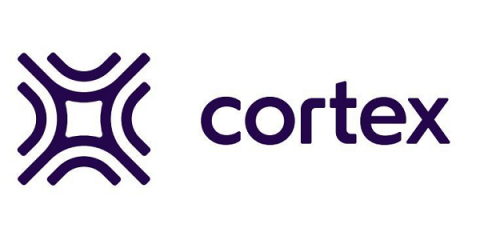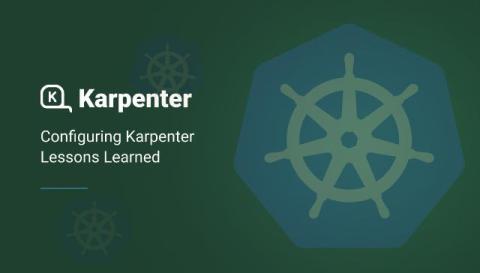Solving E-Commerce's Cold Start Problem with Azure ML
Imagine visiting an e-commerce site that instantly understands your preferences, offering tailored product recommendations from the first click. For our client, this vision was about creating a seamless, engaging experience for new users by providing immediate, personalized suggestions. Using Azure ML Studio, we turned this vision into reality by solving key challenges like the “cold start problem” and building a robust recommendation system. Here’s how we made it happen.











